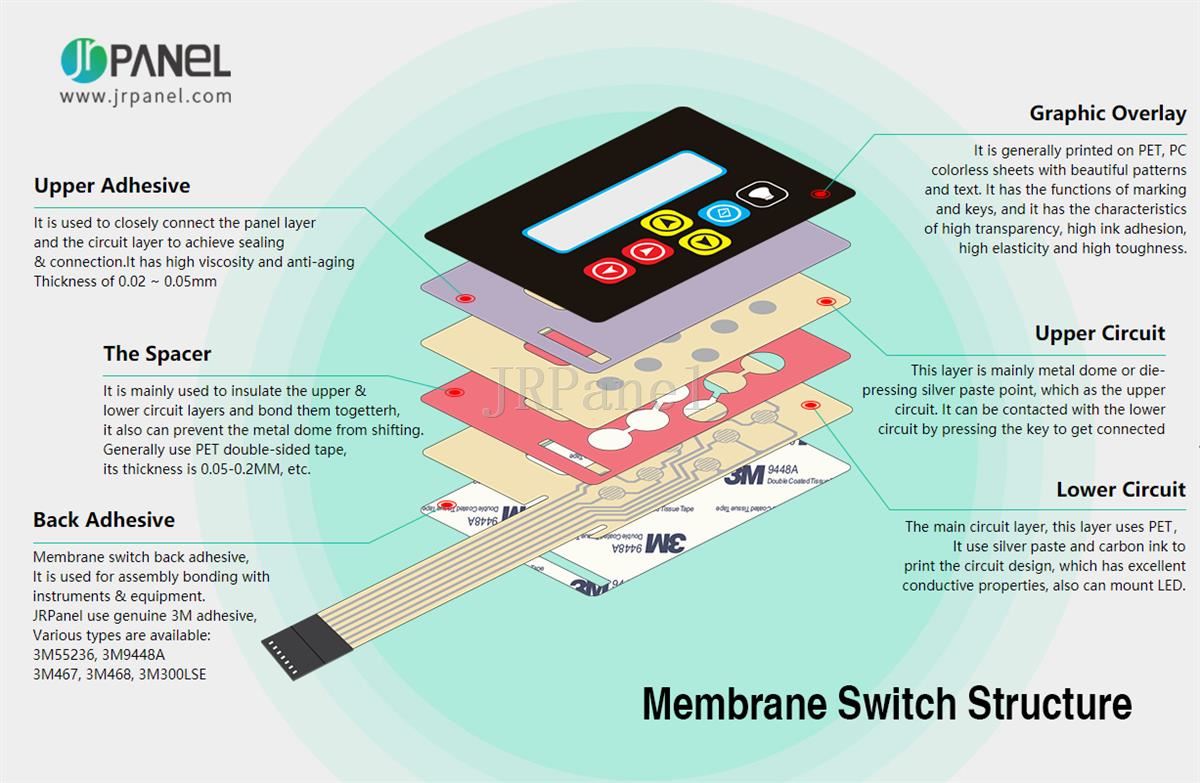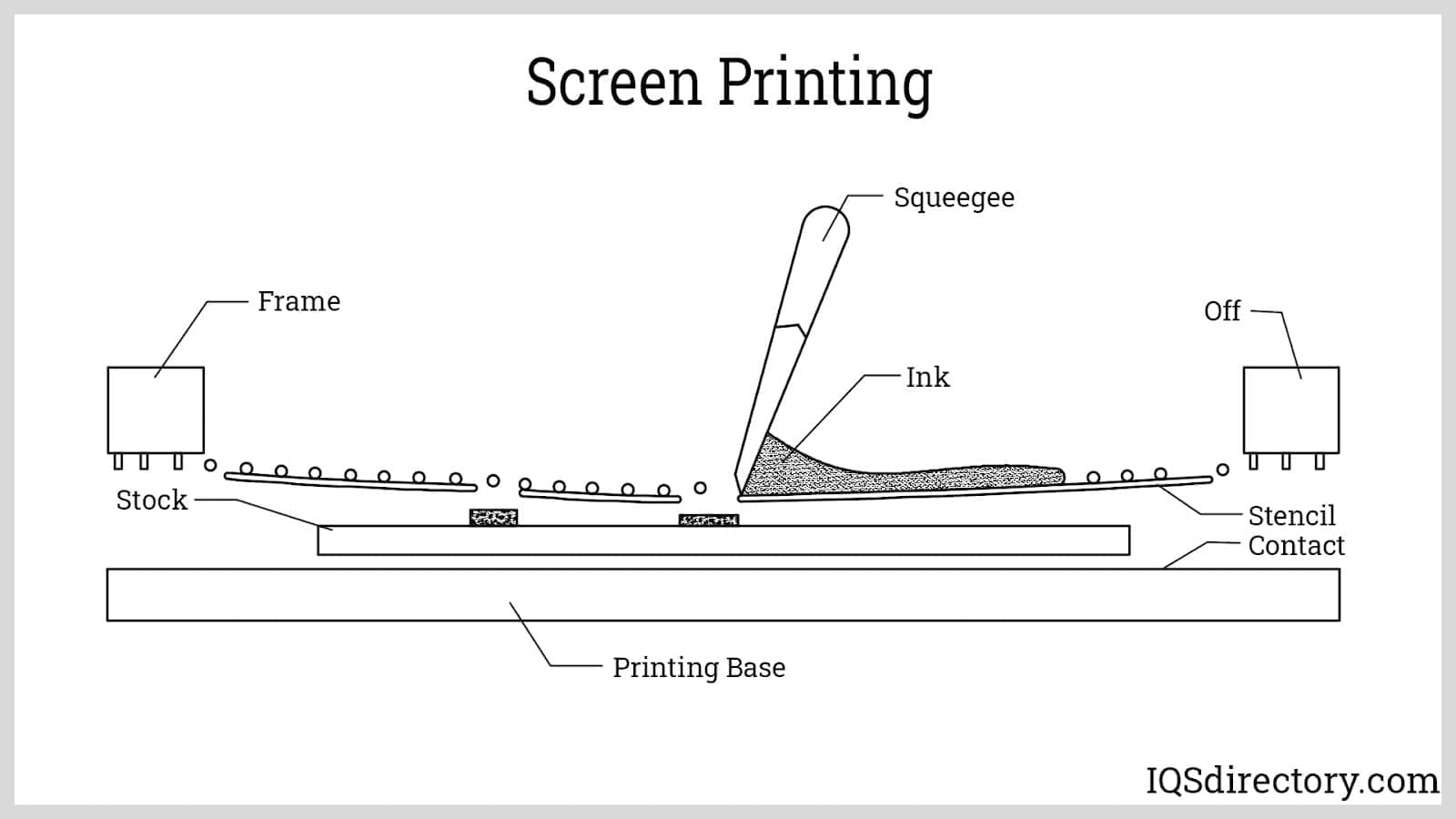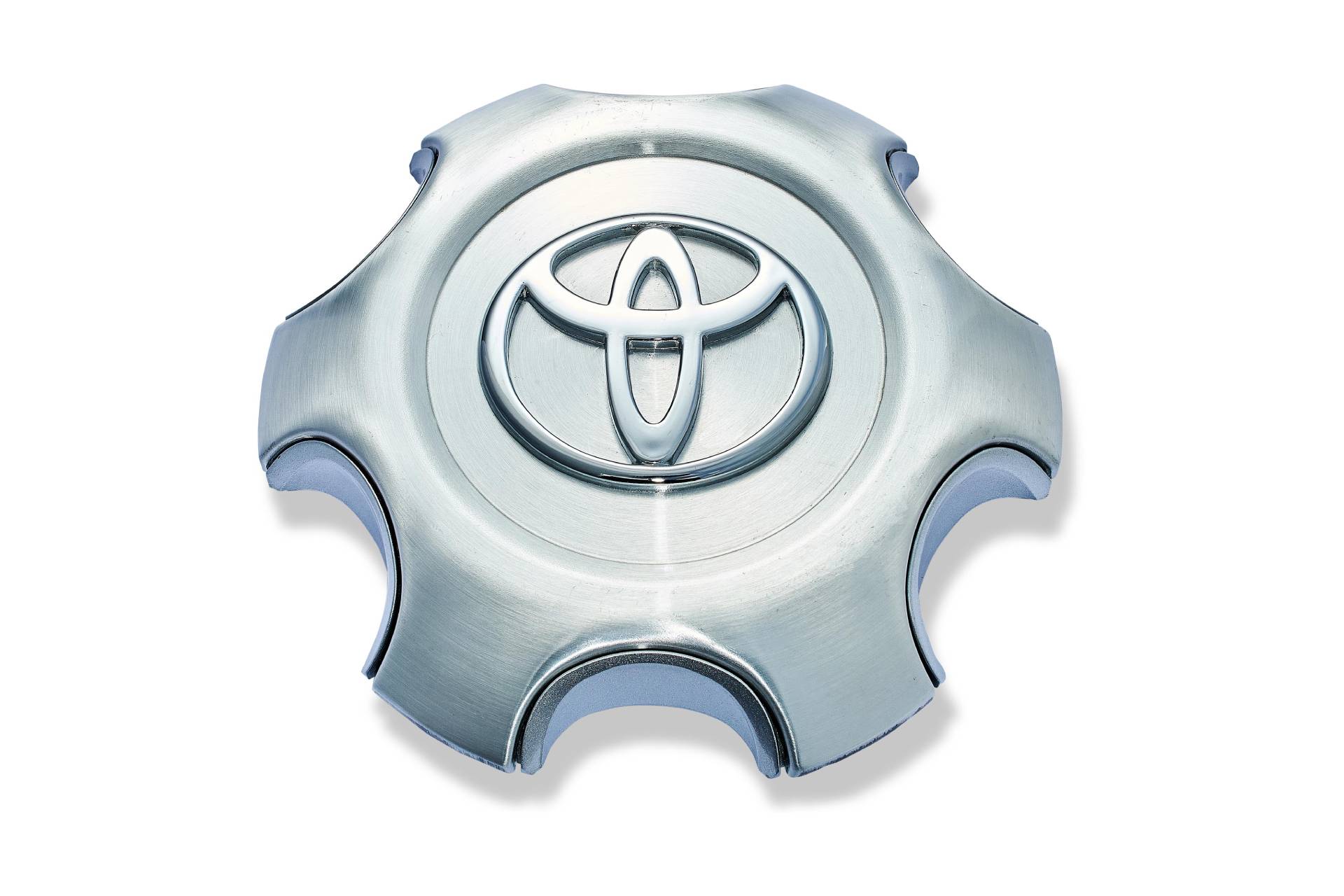Cutting-edge trends in membrane switch development
The Production Refine Behind Membrane Layer Switch: What You Required to Know
The manufacturing process behind membrane switches over combines mindful style, material selection, and top quality control. It starts with recognizing the ins and outs of membrane switch layout and proceeds via numerous phases, including product selections and printing methods. Each stage plays an important duty in making certain capability and sturdiness. However, the intricacies of layer building and construction and the rigorous testing standards may reveal insights that are not right away evident. What exists past these fundamental elements?
Comprehending Membrane Switch Design
Although membrane switches may appear basic in the beginning glance, their design includes detailed factors to consider that ensure functionality and sturdiness. The layout procedure begins with a comprehensive understanding of user needs, including the interface's designated application and ecological aspects. Comfort designs is a crucial element, as the format should facilitate simplicity of usage while making certain that responsive responses meets customer expectations.Moreover, the layering of elements, such as graphic overlays, sticky layers, and conductive traces, should be precisely engineered. membrane switch. This split setup not only affects the switch's responsiveness yet additionally impacts its long life. Attention is given to the sealing methods employed to shield against wetness and dirt, which might jeopardize performance. Additionally, layout factors to consider prolong to looks, where shade systems and aesthetic clarity improve individual experience. Ultimately, the style of membrane switches over balances capability, user experience, and resilience, ensuring that they satisfy the demands of different applications efficiently
Products Used in Membrane Switch Over Production
When picking materials for membrane switch manufacturing, it is important to consider both performance and toughness. The main materials consist of polyester and polycarbonate movies, which give versatility and toughness. These movies are often covered with sticky to guarantee appropriate bonding to substratums. Conductive inks, usually composed of silver or carbon, are crucial for developing electric links within the switch, permitting trustworthy operation.Additionally, a protective layer, such as a tough coat, is often related to enhance scrape resistance and long life. The option of backing material, such as acrylic or foam, can substantially impact the button's tactile feel and general user experience. Additionally, various environmental aspects, consisting of temperature level and humidity, must assist product choice to guarantee peak performance in specific applications. Eventually, the right combination of products adds to the membrane button's functionality and life-span, making educated choices crucial for suppliers.
The Printing Refine: Creating Graphics and Text
The printing procedure in membrane layer switch production plays a substantial function in generating premium graphics and text. Numerous visuals design techniques are employed to ensure visual allure and performance, while mindful ink option approaches are important for durability and performance. Recognizing these components is basic for attaining ideal cause membrane layer button layout.
Graphic Design Techniques
Graphic layout strategies play an essential function in the printing process of membrane layer switches, as they define exactly how graphics and text will eventually appear on the end product. Efficient graphic design involves the tactical usage of formats, font styles, and colors to enhance readability and visual charm. Developers usually utilize vector graphics for scalability, making sure that photos continue to be sharp at numerous dimensions. Furthermore, attention to contrast and positioning is vital, as it influences user interaction and visual high quality. The incorporation of branding elements, such as logos, should be taken care of with like keep brand name honesty. Generally, thoughtful graphic style techniques add significantly to the capability and attractiveness of membrane buttons, impacting individual experience and item performance.
Ink Choice Approaches
Selecting the suitable ink is crucial for achieving the preferred visual high quality and durability in membrane button manufacturing. Numerous ink types are utilized, including solvent-based, water-based, and UV-curable inks. Each kind uses distinctive qualities, such as resistance, adhesion, and flexibility to environmental aspects. Solvent-based inks are usually preferred for their durability and dynamic colors, while water-based inks are more eco-friendly yet may have constraints in bond. UV-curable inks supply fast healing and durable efficiency. Furthermore, color matching methods ensure that the picked inks line up with style specifications. Ultimately, the selection of ink have to consider elements such as application technique, substrate compatibility, and end-use needs to attain premium cause membrane layer button graphics and text.
Layer Building and Setting Up

Product Option Refine
A mindful selection of materials is vital in the production procedure of membrane layer switches, as it directly influences functionality and toughness. The primary materials utilized consist of polyester, polycarbonate, and numerous conductive inks. Polyester is often favored for its excellent resistance to chemicals and abrasion, making it suitable for severe atmospheres. Polycarbonate, on the other hand, supplies premium clarity and impact resistance, which is advantageous for applications requiring visibility and robustness. Conductive inks, generally composed of silver or carbon, are important for developing reputable electric paths. Furthermore, the option of sticky materials impacts the total honesty of the button - membrane switch. Evaluating factors such as ecological direct exposure, responsive comments, and aesthetic requirements overviews makers in choosing the finest products for their particular applications
Layer Adhesion Techniques
Sticking layers in membrane layer switch construction is an essential procedure that ensures functionality and longevity. Different adhesion methods are employed to safeguard suitable bonding between layers, which normally include making use of adhesives, heat, and stress. Pressure-sensitive adhesives (PSAs) are typically made use of for their simplicity of application and immediate bonding abilities. Furthermore, thermal bonding techniques can be used, where heat is made use of to trigger glue residential or commercial properties, safeguarding a solid bond. The selection of adhesion approach mainly depends on the products included and the details application demands of the membrane layer switch. Correct positioning and consistent application of adhesives are important to prevent flaws, securing the button operates successfully throughout its intended life expectancy.
Quality Control Procedures
Assuring quality assurance throughout the layer construction and assembly of membrane layer switches is necessary for maintaining performance and integrity. This procedure usually entails several vital actions, including complete inspections at each stage of manufacturing. Suppliers utilize sophisticated screening approaches, such as peel examinations and adhesion assessments, to confirm the stability of layer bonds. In addition, aesthetic find out this here inspections are carried out to determine any type of issues in printing or product inconsistencies. Environmental conditions, such as temperature and humidity, are very carefully checked to assure ideal curing and adhesion. Furthermore, routine calibration of devices assists preserve exact production requirements. By implementing these quality assurance actions, suppliers can significantly lower the risk of item failure, ensuring that the last membrane changes meet the required specifications and client assumptions.
Checking and High Quality Control Steps

Technologies in Membrane Layer Change Technology
As advancements in modern technology proceed to evolve, membrane layer buttons are benefiting from innovative growths that boost their performance and user experience. One notable technology is the combination of capacitive touch technology, which permits for more receptive and user-friendly interface. This change not just enhances aesthetic appeals but additionally decreases mechanical wear and tear, prolonging the lifespan of the switches.Additionally, innovations in graphic overlay products have brought about improved toughness and resistance to environmental variables such as wetness and UV light. These products now use enhanced clearness and illumination, additional boosting the visual appeal.Furthermore, the incorporation of clever technology is transforming membrane layer switches right into interactive control board, enabling connection with IoT tools. This connectivity promotes a smooth individual experience, leading the way for applications in different sectors, from healthcare to consumer electronic devices. Jointly, these developments setting membrane layer switches as vital parts in modern gadget layout.
Frequently Asked Questions
How much time Does the Membrane Layer Switch Manufacturing Process Take?
The duration of the membrane layer button production process can differ considerably. Factors such as complexity, materials utilized, and manufacturing quantity impact timelines, with regular manufacturing ranging from a few days to numerous weeks for completion.
What Are the Common Applications for Membrane Switches?
Membrane switches are typically used in different markets, including vehicle controls, family devices, clinical devices, and customer electronic devices (membrane switch). Their convenience and durability make them perfect for applications requiring user-friendly interfaces and dependable performance in diverse settings
Can Membrane Layer Changes Be Personalized for Certain Requirements?

What Is the Lifespan of a Common Membrane Layer Switch Over?
The lifespan of a common membrane layer button differs, but generally, it ranges from 1 to 5 million cycles. Aspects such as use, setting, and worldly high quality substantially affect toughness and total efficiency over time.

Are Membrane Switches Eco-friendly?
The environmental kindness of membrane layer switches over differs. Some products used might not be recyclable, while others can be eco-friendly. The total effect depends upon producing products and techniques, requiring cautious factor to consider throughout choice and disposal. The manufacturing process behind membrane layer switches over combines cautious design, material option, and high quality find out control. It begins with understanding the details of membrane layer switch design and proceeds with different phases, consisting of material choices and printing strategies. When choosing materials for membrane layer switch production, it is crucial to consider both performance and longevity. A cautious choice of products is necessary in the manufacturing procedure of membrane buttons, as it directly affects performance and resilience. The selection of bond method mainly depends on the materials included and the specific application needs of the membrane button.